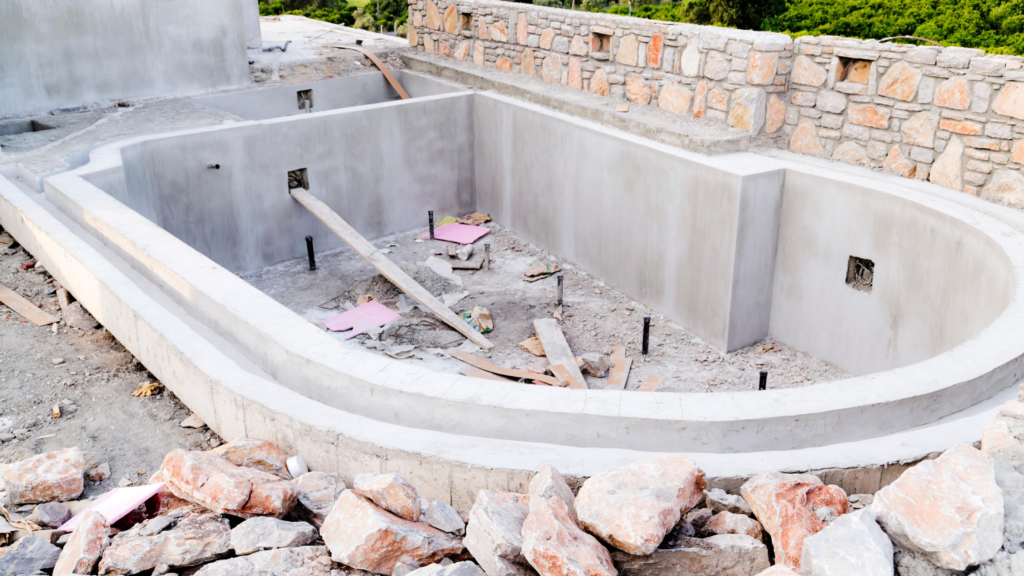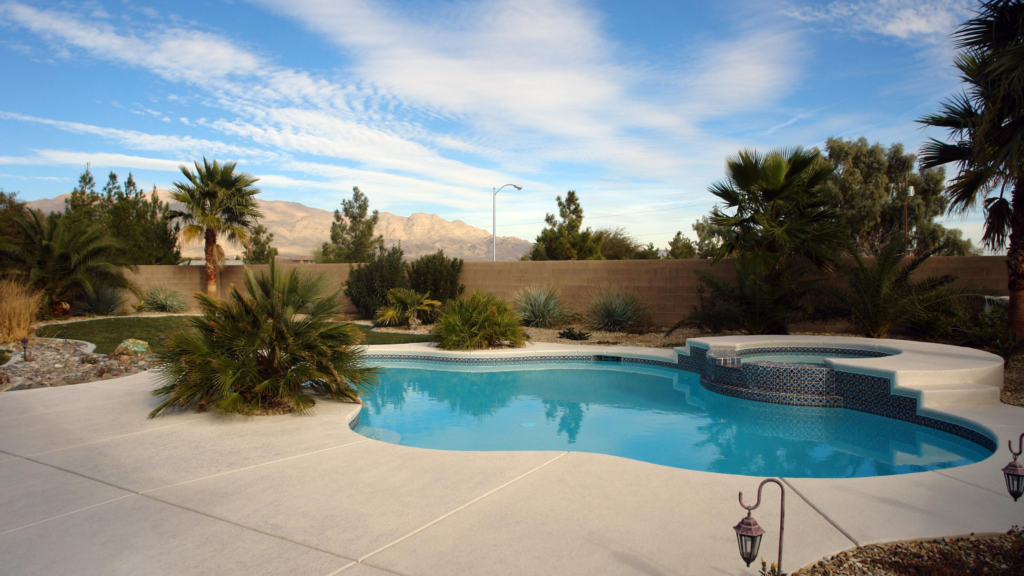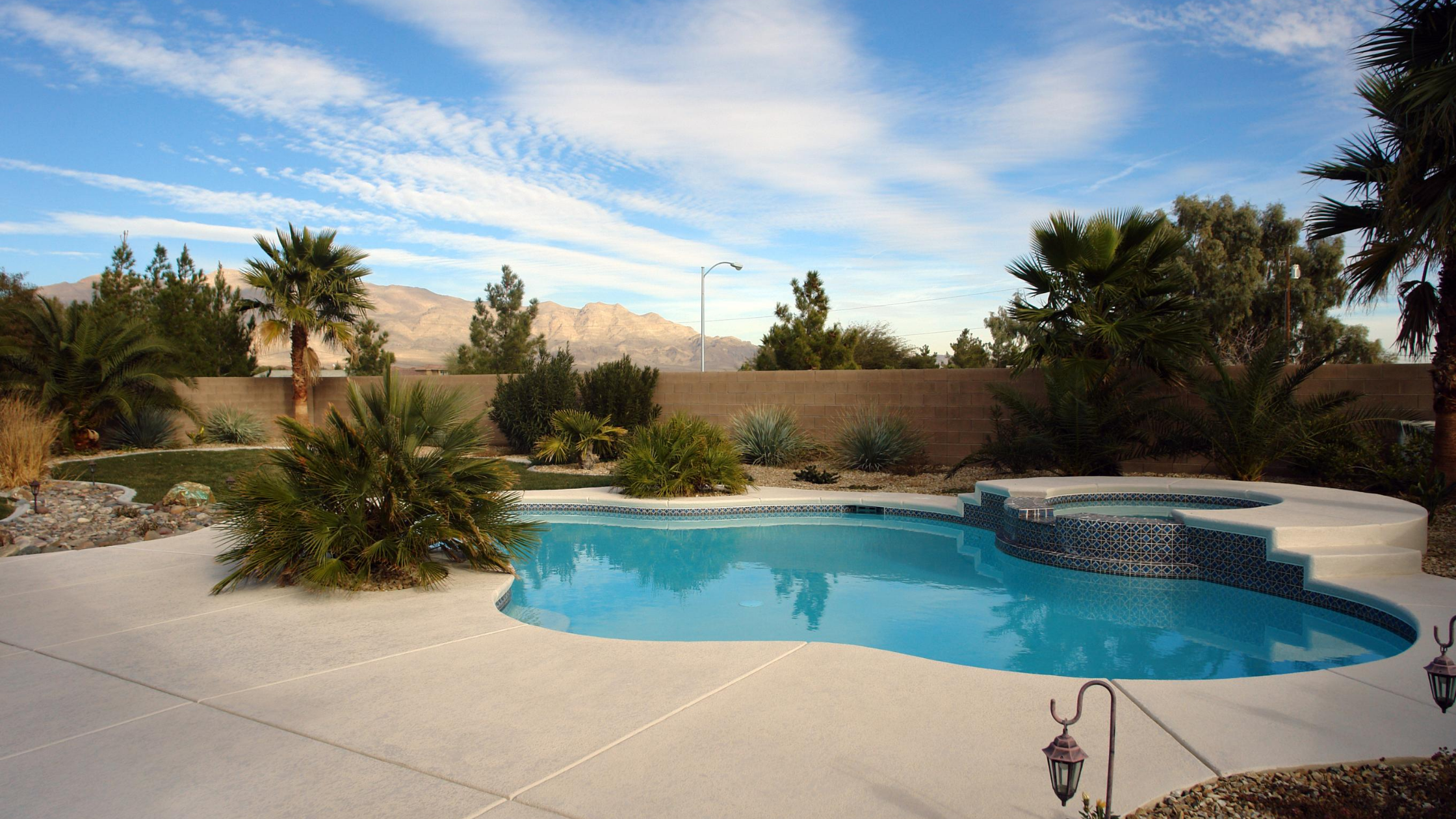3 Things To Consider When Designing Pools In Seismic-Prone Areas
Millions of people buy and design pools every year in the United States. A large number of these individuals build and design pools in areas that are prone to earthquakes. While most people think of earthquakes as only damaging bridges and buildings, it is entirely possible for them to devastate a pool as well.
Pools built of brittle concrete can be devastated by even a local tremor. It is imperative that pool designers keep earthquakes in mind when they are working with these expensive features.

Flexible concrete
One should consider using is flexible concrete. Flexible concrete has many of the benefits of concrete without its brittle nature. It can be molded into a wide variety of shapes. It can also be used for both in-ground and above-ground pools.
Flexible concrete is constructed in a manner similar to other forms of modern material. Engineers mix the basic components of concrete with microscopic polymer fibers.
Pedram Zohrevand argues that these fibers give concrete the ductile properties of materials such as carbon fiber. Flexible concrete is more expensive than regular concrete or fiberglass. It is a luxury for a large number of people and designs and should be used sparingly on projects with a tight budget.
There are ways that a company or design firm can use flexible concrete in a targeted way to give strength and flexibility to a pool without busting the budget.
Using fiberglass
The most obvious result from a poorly built pool in a seismic zone is the possibility that the pool will crack and spill water. In order to avoid this potential catastrophe, an individual should look at the materials that they are building their pool with. In every seismic area, one of the clearest needs in building materials is ductility.
Individuals want materials that will move along with the earthquake or the aftershocks. When material moves with the shocks, it has less of a chance of breaking and cracking. In the case of pool construction, this fact causes individuals to lean more towards the use of products such as fiberglass.
Fiberglass is an enormously effective product for building pools. It is a flexible product that is also effective at holding back water. These properties are the main reasons why fiberglass has been used to build boats for decades. A pool built with fiberglass can be a particularly effective, flexible pool for a seismic zone. It is also relatively cheap and easy to set up.
A company can put together a fiberglass shell for a pool in the span of a few weeks. They can also easily fix any cracks that do occur without compromising the integrity of the entire structure.
Impact of repairs

Anybody who is building in an earthquake zone needs to be careful about the nature of their pool and the possible pitfalls that may occur after a seismic event. In some areas, there is the chance of a massive quake that will not be easily contained through traditional means.
It may be inevitable that there is a certain amount of damage. In those cases, individuals should make sure that even the most catastrophic failures can be contained in a reasonable way.
They should avoid building a pool where a leak would result in the weakening of a foundation or damage to another home. There should be pipes and channels that allow for leaking water to flow to an area where it can evaporate and not cause damage.
There should also be a clear path for any repairs to be done to the pool. Companies and individuals should always have a contingency plan in place when they are considering the worst possible scenarios for pool construction in a seismic zone.
According to Pedram Zohrevand, anyone who is looking to build a pool in a seismic zone should still focus on practicality and aesthetics. They do not need to construct a utilitarian pit that would survive a 9.0 on the Richter scale. Instead, individuals simply need to take care and use flexible materials.
They need to keep the possibility of an earthquake and its potentially debilitating damage in the forefront at all times. This care will ensure that a company or individual will be able to design and construct a pool that will withstand the test of time.
